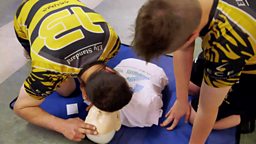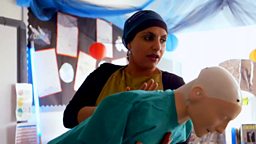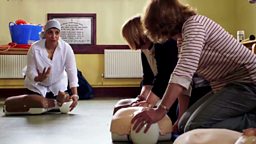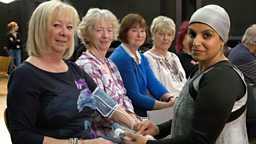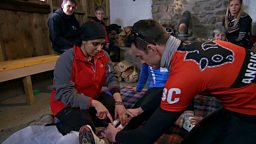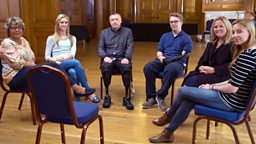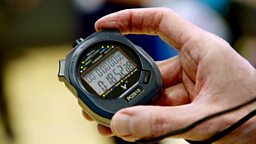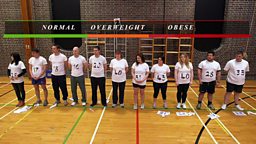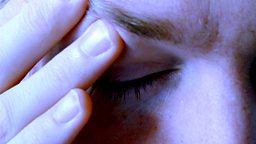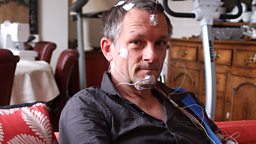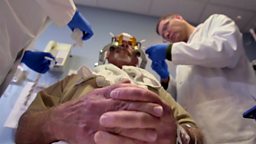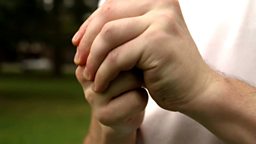What to do if someone is drowning
Over 400 people a year drown in the UK – most of them not near the sea but in rivers, canals and swimming pools, or even, in the case of young children, in a bath. Would you know what to do if you came across someone in trouble in the water? A&E Doctor, Saleyha Ahsan, shows us all how to revive them.

Firstly, and most importantly, don’t become a casualty yourself! Use anything you can to get them out of the water, but don’t put your own safety at risk – you can’t help them if you yourself are in trouble.
If you do manage to get them out of the water, however, then you must act quickly in order to help get oxygen to their brain and organs. The biggest killer in cases of drowning is a lack of oxygen in the body, and by the time you have got someone out of the water, that is going to be the critical matter to deal with. That is why rescue breaths should be performed before chest compressions in the case of victims of drowning.
If you’re on your own, shout for help but don’t delay moving on to the lifesaving techniques. If there’s someone else with you, then get them to phone for help immediately whilst you:-
- Try to wake the casualty. Give them a good shake, or even pinch their earlobe. If they don’t show any signs of consciousness...
- Lie them on their back and tilt their chin and head backwards to help clear their airway. This could be enough to get them to start breathing. Check if they’re breathing by leaning over them and placing your cheek near their mouth. LOOK along their chest as you do this to see if their chest is rising and falling, FEEL for breath on your cheek and LISTEN for breathing sounds. If there is no sign of breath then you should…
- Give them 5 rescue breaths. Pinch their nose and keep their head tilted back as you breathe into their mouth from yours, making as good a seal as you can with your mouth over theirs. Each breath you give them should last 1 second, and make sure that you take a good deep breath yourself in between each one. These breaths will get valuable oxygen into their lungs, which is particularly important in a drowned casualty. After you’ve done 5 rescue breaths try…
- CPR. Using both hands together, one on top of the other, push down right in the centre of their chest firmly, with your arms straight. Push down 5-6cm each time, twice a second (if it helps, try to do it to the rhythm of the song ‘Stayin’ Alive’ by the BeeGees as the beats in this are perfectly spaced for CPR). Do this for 1 minute (120 compressions).
- If you are on your own, then once you’ve done 5 rescue breaths and one minute of CPR you can take the time to call the emergency services. Hopefully you will have helped get some oxygen to their brain. But as soon as you have called for help, then continue:
- 30 chest compressions followed by 2 rescue breaths over and over again until they start breathing normally or help arrives (if there’s more than one of you then take it in turns).
If the person in trouble starts breathing normally again before help arrives, then roll them into the ‘recovery position’, lying on their side, with their top leg and arm bent to help prop them up, and their head tilted slightly back to help keep their airway open. If you’ve got any spare clothing to help keep them warm, then lay these over the top of them and talk to them to reassure them that help is on its way.
Most victims of drowning have not suffered a cardiac arrest which can be helped by the use of a defibrillator, although if you are somewhere where there is one available, then you can try it. Dry the skin you are attaching the defibrillator pads to as much as possible, but there’s no need to worry about problems or extra hazards from using the defibrillator in wet conditions. It is more important, however, to help get oxygen around the body, so certainly give rescue breaths and CPR first.
